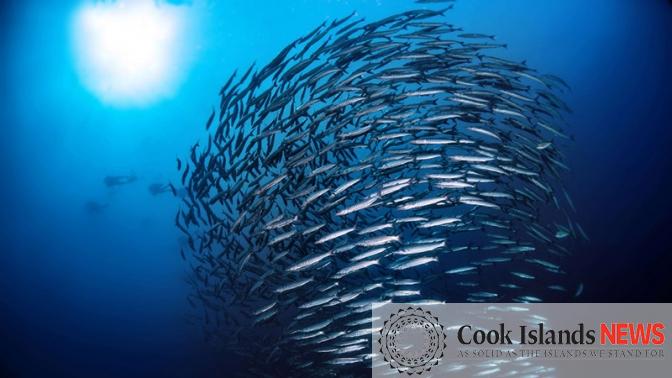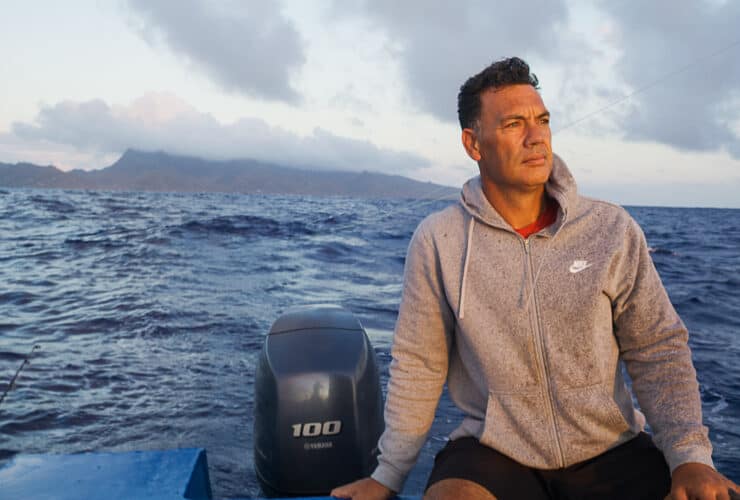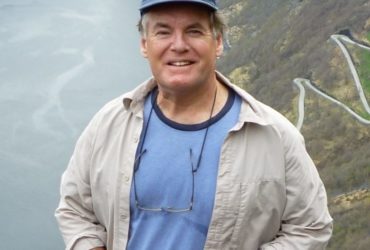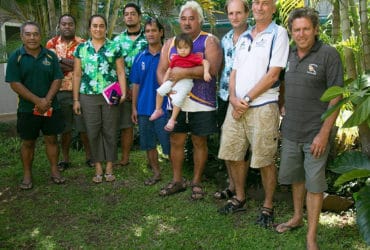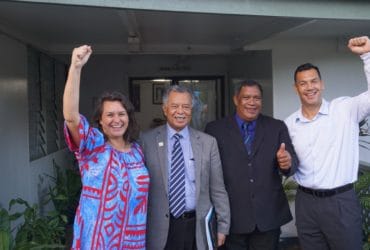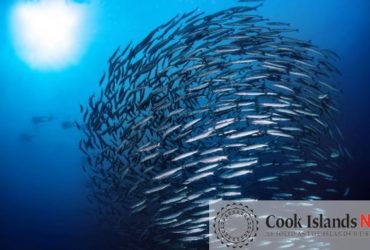Understanding Marae Moana
Wednesday October 24, 2018
Surveys commissioned by the team managing Marae Moana reveal that little is known within the Cook Islands community about the marine park covering our whole ocean – what it is, what it means, and why it matters. Respondents under the age of 17 were more aware than all other age groups, reflecting the success of school visits and sessions at Lagoon Day. But though Marae Moana made international headlines last year as the world’s largest marine protected area, at home it seems an ambiguous idea.
Some people surveyed hadn’t heard of it; others made inaccurate comments about how Asian countries are solely responsible for the degradation of the ocean or how Marae Moana bans fishing. This lack of understanding is the impetus for a Marae Moana communications strategy, now under revision, which seeks to raise public awareness about our marine park, the people working to make it happen, and why their journey doesn’t always feel like smooth sailing. Below is a list of basic questions, and some answers.
Q: What is Marae Moana? Marae Moana is the name of a multiple-use marine park covering the Cook Islands’ entire ocean. Last year, our Parliament passed an Act that laid the foundation for the park, which is the world’s largest and which represents a more coordinated and intentional approach to marine conservation. Marine protection is more important now than it has ever been. Overfishing, industrial pollution, and climate change have seriously threatened the sea and all life in it.
Q: Why is it called a marine park? In the conservation world, protected areas go by several names depending on how they’re managed. A marine park is partially protected, which means fishing and mining and other industrial activities are allowed in certain zones. A park often gets confused with a marine reserve – a place where you can swim and snorkel but you can’t remove fish, minerals, or anything else. “Sanctuary” is another term that gets used a lot; often it refers to protection of a certain species. The Cook Islands is a sanctuary for sharks, meaning fishing boats are not legally allowed to keep them.
Q: What does multiple-use mean? In a multiple-use park, a range of activities is permitted. There are zones where commercial activity is allowed and zones where it isn’t. So far, under the law, we have a ring extending 50 nautical miles from the coast of each island, inside which no large-scale fishing – no big boats and no mining are allowed. These are called exclusion zones and communities on all islands supported their creation. The locations and uses of other zones are yet to be determined.
Q: Why haven’t they been determined already? The Marae Moana Act sets up a legal framework for mapping out zones and what will be allowed inside them. The mapping out – a process called marine spatial planning – requires a lot of time, consideration, and science. It also requires a lot of meetings involving a lot of people representing, for example, government, industry, community, and conservation. This process is separate from the process of writing a law and getting it passed.
Q: Is Marae Moana just a big ra’ui? Not exactly. The concept is similar; both Marae Moana and a ra’ui are intended to protect areas of ocean in order to allow the things living there some time and space to recover. But the ra’ui is different in a few ways. It’s a traditional practice overseen by chiefs. Years ago, it didn’t have to account for modern activities like commercial fishing, tourism, and seabed mining. It was also imposed for a specified period of time, sometimes forever but often for months or a few years, according to centuries-old custom. A ra’ui is applied to an area or species on land or near the coast.
Marae Moana, though supported by traditional leaders and the community, is established by parliament. It’s permanent. It covers the whole ocean, including the offshore parts. Its boundaries are defined by the Exclusive Economic Zone—ocean space allocated by laws only decades old.
Q: How does an area get labelled “protected”? This is where the conversation gets complicated. According to the International Union for the Conservation of Nature, the world’s oldest conservation organisation, a protected area is “a clearly defined geographical space, recognised, dedicated and managed, through legal or other effective means, to achieve the long-term conservation of nature with associated ecosystem services and cultural values”. Many scientists argue the definition is too broad because it could refer to an area marked off-limits for humans, or it could refer to an area being mined. There is science to support the idea that marine reserves—completely protected areas—are most effective. A paper published in Marine Policy this year argues “(s)trongly or fully protected areas are the only ones achieving the goal of protecting biodiversity”. But the research also suggests something is better than nothing. Given the revenue generated by marine resources in today’s global economy, full protection is often not a feasible option. Marae Moana balances protection and sustainable resource management.
Q: How does Marae Moana intersect with the seabed mining discussions happening now? The Marae Moana Act permits sustainable seabed mining outside the exclusion zones, provided the potential impact has been thoroughly studied and caution has been faithfully exercised. This means a company has to prove a project isn’t going to cause the extinction of species or affect the way an ecosystem functions. Mining inside Marae Moana must also be approved through a process of public consultation.
Q: Who’s in charge of Marae Moana? The community owns Marae Moana. Though the conversation around Marae Moana can sometimes seem exclusive, as if it belongs only to policymakers and bureaucrats, the reality is that everyone in the Cook Islands is a rightful owner of the park. The line between management and ownership gets blurred here and elsewhere in the world. An article in the journal Marine Policy makes this point about marine conservation in three Australian states: that decision-making gets left to “the politically savvy, articulate and often well-educated sections of the community and marginalises sectors of the community [with] lower levels of literacy, confidence in speaking at public forums, or understanding of the intricacies of the political or bureaucratic system they are attempting to influence”.
The paper later continues: “Equitable consideration of all points of view… is essential in ensuring a socially fair and just approach to MPA [marine-protected area] declaration and management”. The managers of Marae Moana are committed to including the community in their process. Dozens of public consultations paved the way for the Marae Moana Act and more will be necessary in the process of marine spatial planning.
Two groups – the Marae Moana Council and a Technical Advisory Group, manage the Marae Moana policy. Each of these includes people from both sides of government and all islands, as well as from non-government organisations, the private and religious sectors, and the aronga mana. There is also a Marae Moana Coordination Office within the Office of the Prime Minister which facilitates communication between these groups and provides secretarial support.
Q: Since Marae Moana became law, how has it benefited the Cook Islands? Regarding the biological impact, it’s hard to say. Scientific assessments require time, technology, and money. It also hasn’t been very long since the law went into effect: an ecosystem needs time to balance itself. Marae Moana is predicated on what’s called the precautionary principle, which is basically the idea that it’s better to be safe than sorry. It’s also a response to a lot of research that proves marine protection works. Marae Moana also has long-term economic benefits also. For example, it has launched the Cook Islands into international headlines and has interested development partners and tourists—the drivers of the Cook Islands economy. For more information, visit maraemoana.gov.ck.
If you have other questions, leave a comment on the Marae Moana Facebook page. The people working to make Marae Moana a reality are committed to transparency and openness so that the people of the Cook Islands feel a sense of both pride in, and ownership of, their marine protected area. – Release


